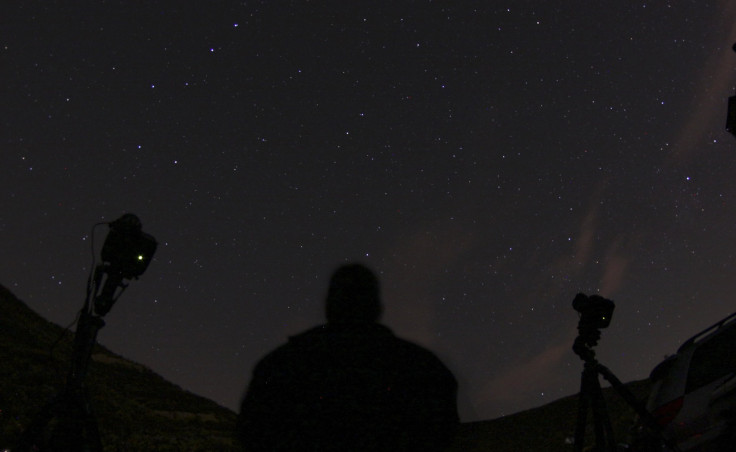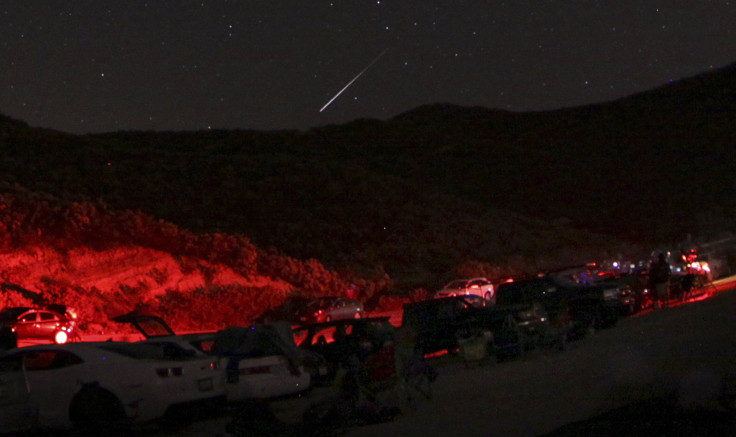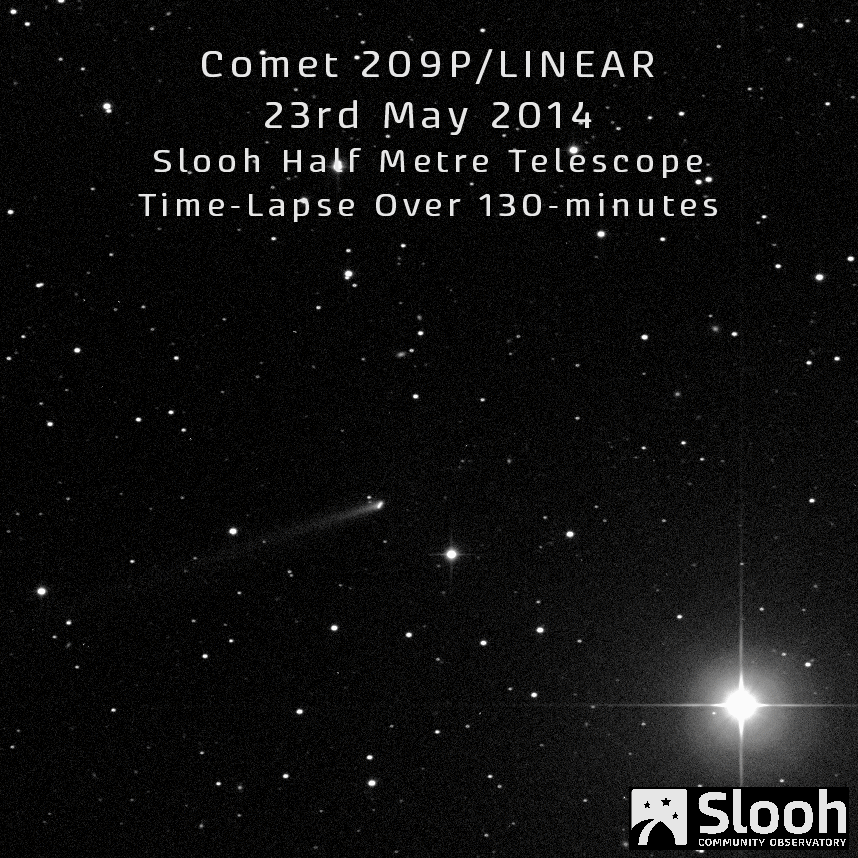May Camelopardalid Meteor Shower: May's New Stargazing Event Not Spectacular But Still Impressive [PHOTOS/VIDEOS]

The May Camelopardalids meteor shower did occur on Friday and, while it was not quite the spectacle many were hoping it to be, it was still an significant stargazing event. May’s latest shower averaged between five and six meteors per hour but many were impressed by the work of the astronomers who were able to predict the event with such accuracy.

As Spaceweather.com, operated by NASA's Tony Phillips, reports, Earth passed through the debris trail left behind by comet 209P/LINEAR in the 1800s. As Earth has never passed through this debris trail, astronomers and stargazers were unsure of what to expect from the May Camelopardalids meteor shower. Comet 209P/LINEAR was discovered in 2004 and it is a faint object without much activity. If Earth passed through the debris trail left behind by the comet in 2014, the resultant meteor shower would be a dull affair.
As it turns out, the May Camelopardalids' peak did not reach the 200 meteors per hour predicted by some astronomers but there were still plenty of meteors to be seen, weather permitting, in the night sky. The meteor shower looked like it was originating from the constellation Camelopardalis, the giraffe, which is located just below Polaris, the North Star. Residents of the continental United States and Canada were in the best position to view the event, and the meteor shower's peak occurred around 2:30 a.m. EDT on Saturday. Phillips said the models used by the astronomers in their work were remarkably accurate. "Such a prediction would have been impossible only 20 years ago before the development of physics-based dust stream models. In this respect, the May Camelopardalids were a success if not a spectacle."
While all the attention was on the May Camelopardalid meteor shower, Friday was also a big night for comet 209P/LINEAR. On Friday night, the comet made its closest approach to Earth in 2014. According to Slooh, an international organization of observatories, the comet was approximately 7.6 million miles away from Earth on Friday.

For those that were unable to view May's new meteor shower, Slooh had a broadcast of the event which can be viewed below.
© Copyright IBTimes 2025. All rights reserved.






















